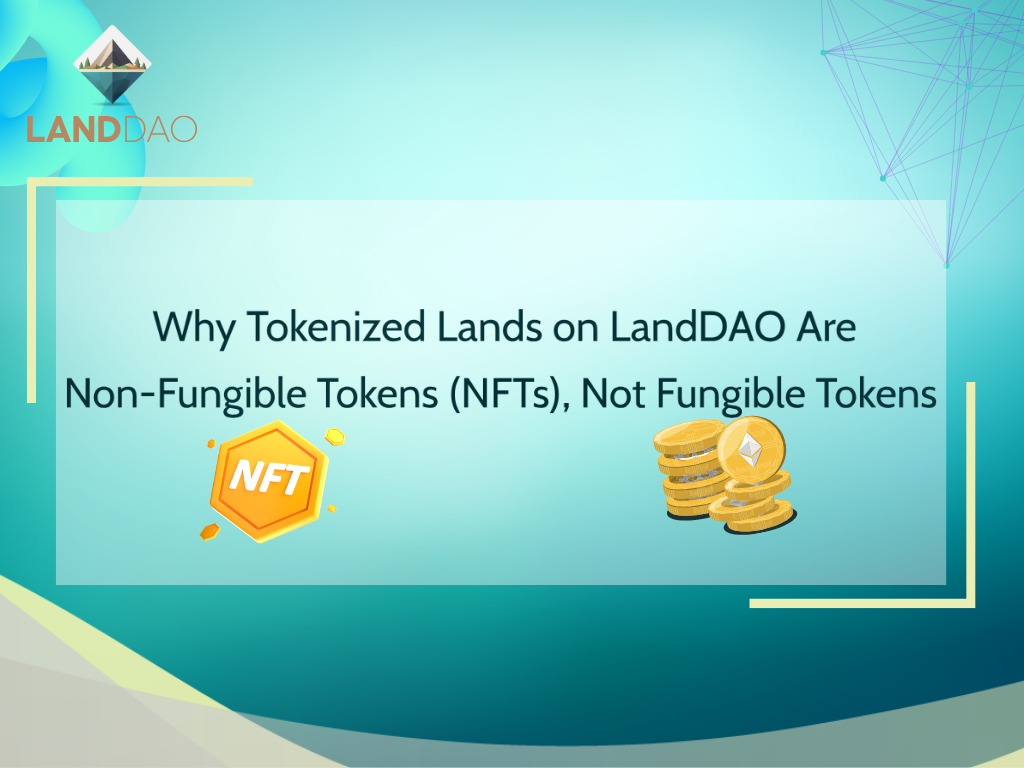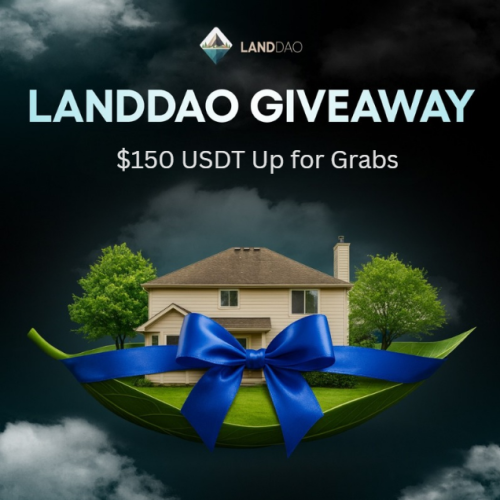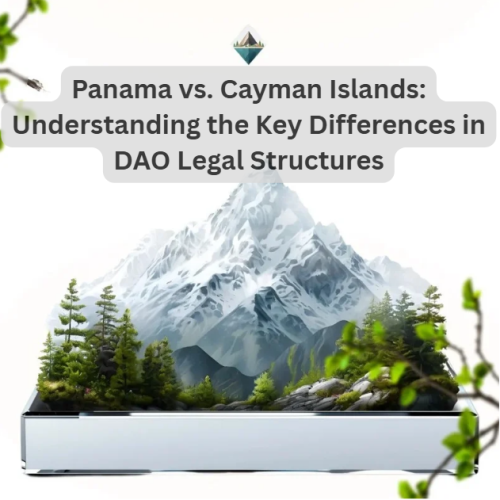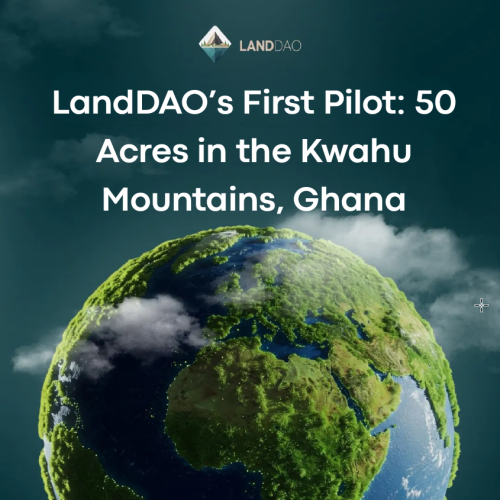Lands on LandDAO aren’t just mapped digitally—they are turned into blockchain-based assets that can be bought, held, and traded on-chain. But unlike some asset-backed projects that issue fungible tokens to represent ownership, LandDAO assigns a non-fungible token (NFT) to each individual parcel.
This design choice is not cosmetic. It’s fundamental to how LandDAO works. This article explores why NFTs—not fungible tokens—are the right model for land ownership on-chain, and why that distinction matters.
Why Land Is Not a Fungible Asset
Land is inherently non-fungible. Even if two parcels are the same size, they are not equal. Each plot differs in location, soil quality, zoning, legal status, and economic potential. A plot in Times Square, New York isn’t worth the same as another just 1 km away, even if they’re the same size.
In Web3 terms, fungible assets are like tokens or currencies where each unit is equal; such as $USDC, ETH, or $LNDAO. Non-fungible assets, on the other hand, carry distinct identity and value. Like land, they cannot be swapped one-for-one.
Because of these differences, land is not something that can be accurately or fairly represented by a shared pool of identical tokens.
Why LandDAO Uses NFTs to Represent Land Ownership
The structure of NFTs makes them a natural fit for representing land on-chain. Each NFT minted on LandDAO corresponds to a specific, verifiable parcel of land. These NFTs contain metadata that links to key attributes of the land—such as its GPS coordinates, legal documentation, and ownership history.
This allows each land parcel to remain distinguishable, tradable, and independently priced. On-chain, it functions like a digitally transferable title deed, preserving the uniqueness and value of each parcel while benefiting from the speed, transparency, and efficiency of blockchain technology.
Why Fungible Tokens Don’t Fit the Model
Fungible tokens treat all units as equal. This works for currencies or reward points—but not for land.
Applying that logic to real-world land would treat every plot as if it’s the same. But land isn’t equal—some parcels are more valuable than others. Ignoring those differences introduces problems in pricing. It also makes it difficult to reflect real-world asset performance or improvements on-chain.
When all lands are treated as equal, it becomes impossible to tell which owner is connected to which plot. This makes it harder to manage decisions about specific parcels, track improvements, or fairly distribute returns.
What a Land NFT Actually Represents
A land NFT on LandDAO is not a symbolic placeholder—it is a direct link to a specific parcel of real-world land held by the DAO. It represents a unique position in the overall land portfolio, backed by documentation and updated through DAO activity.
Each NFT includes verifiable metadata tied to the underlying land asset. LandDAO issues these tokens using the ERC-721 standard, the most widely used non-fungible token format on Ethereum and other EVM-compatible chains. This makes LandDAO NFTs compatible with major wallets, NFT marketplaces—giving participants full flexibility to hold, trade, or use the NFTs in broader Web3 infrastructure.
These tokens are also dynamic. If a parcel is improved or subdivided, that change can be reflected in the metadata and token logic, making the NFT evolve along with the real-world asset it represents.
Conclusion
Not all tokenized assets are created equal. In LandDAO’s case, using non-fungible tokens ensures that the uniqueness of land is preserved on-chain. NFTs allow each parcel to maintain its identity while remaining liquid, tradable, and verifiable.
Choosing NFTs over fungible tokens is more than a technical preference. It’s a commitment to reflecting real-world land as it truly is: unique, non-interchangeable, and inherently non-fungible.
Join the LandDAO Token Sale Waitlist for First Access to the $LNDAO Token Sale.





2 Comments
Metadata stored where tho? IPFS or nah?
NFTs that actually mean something 💡